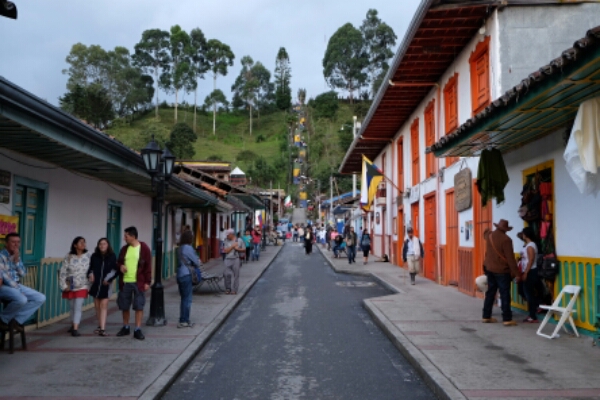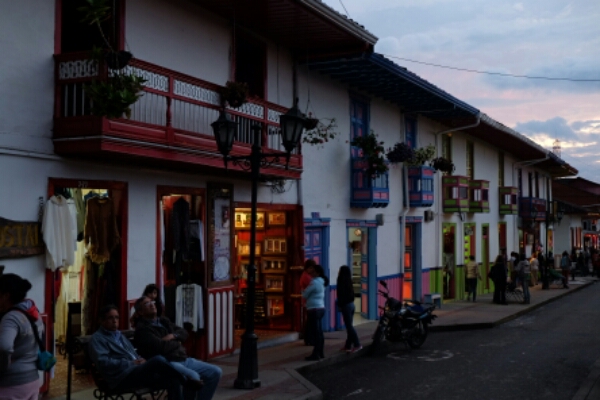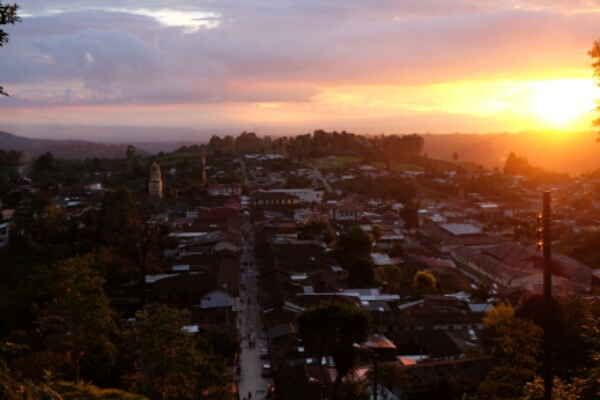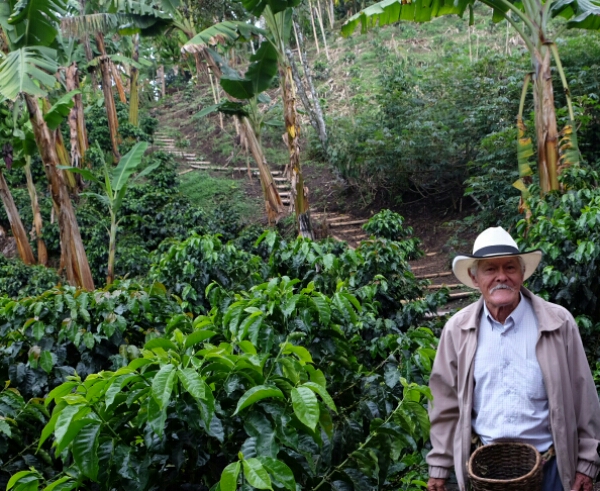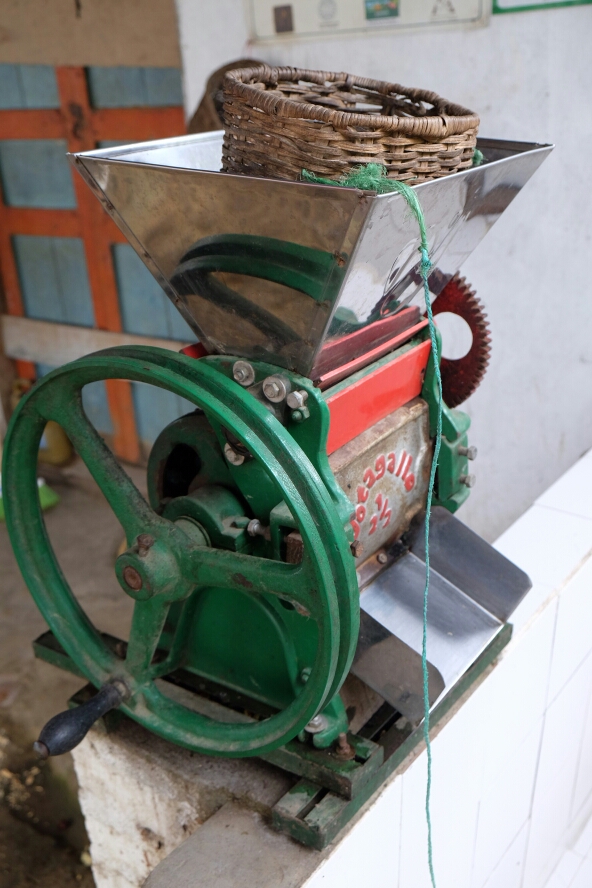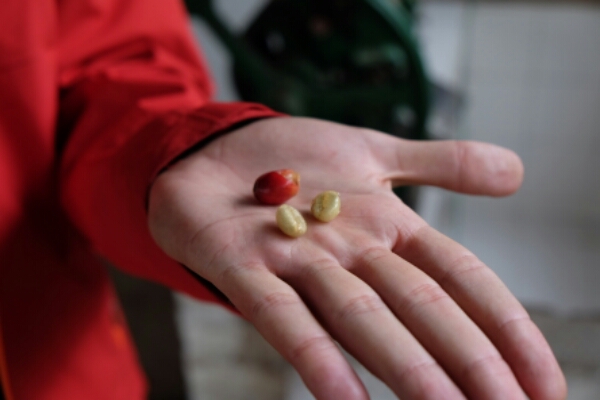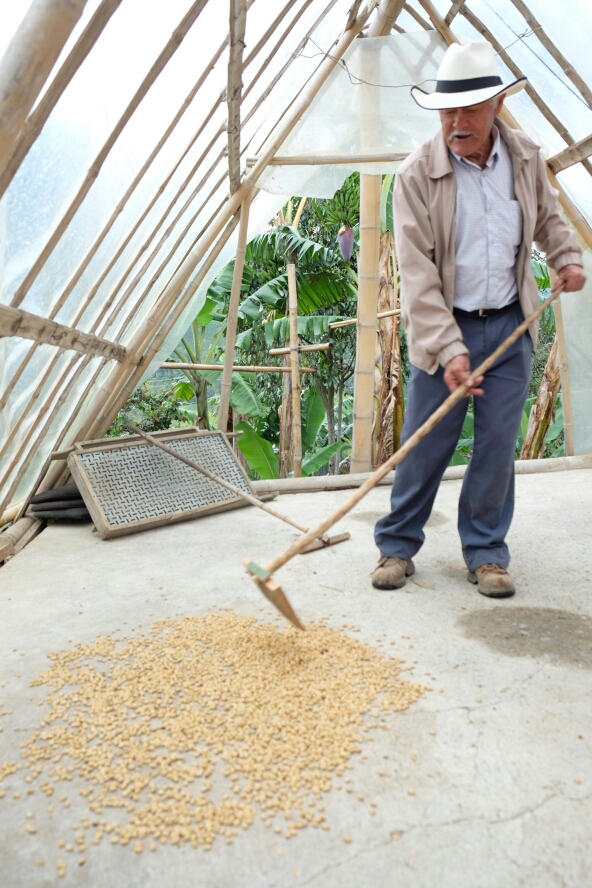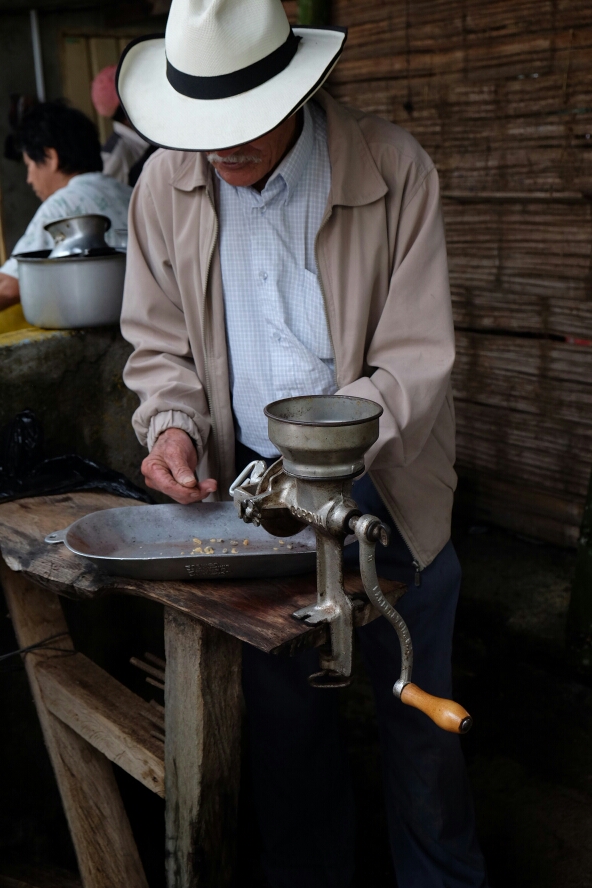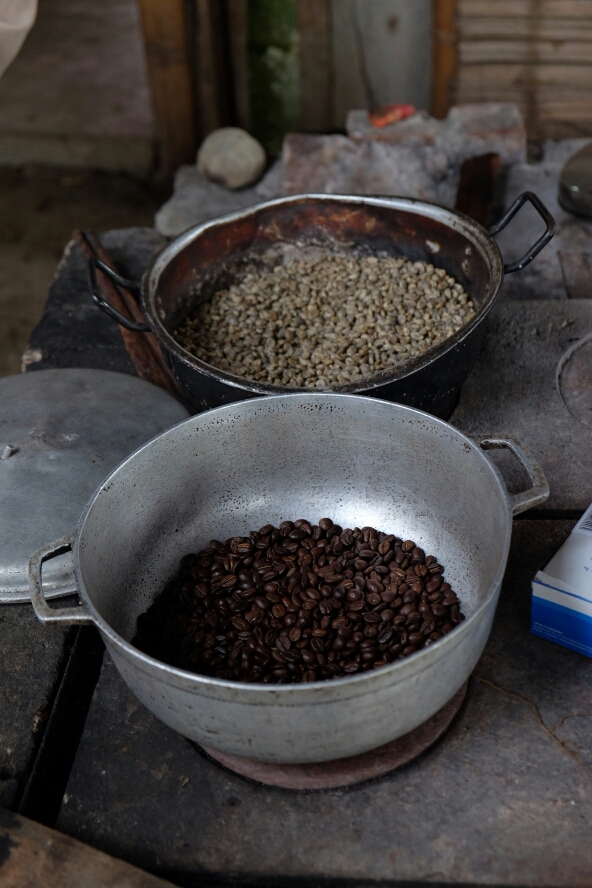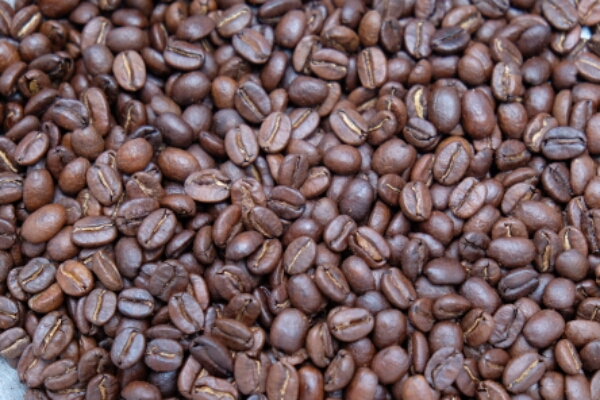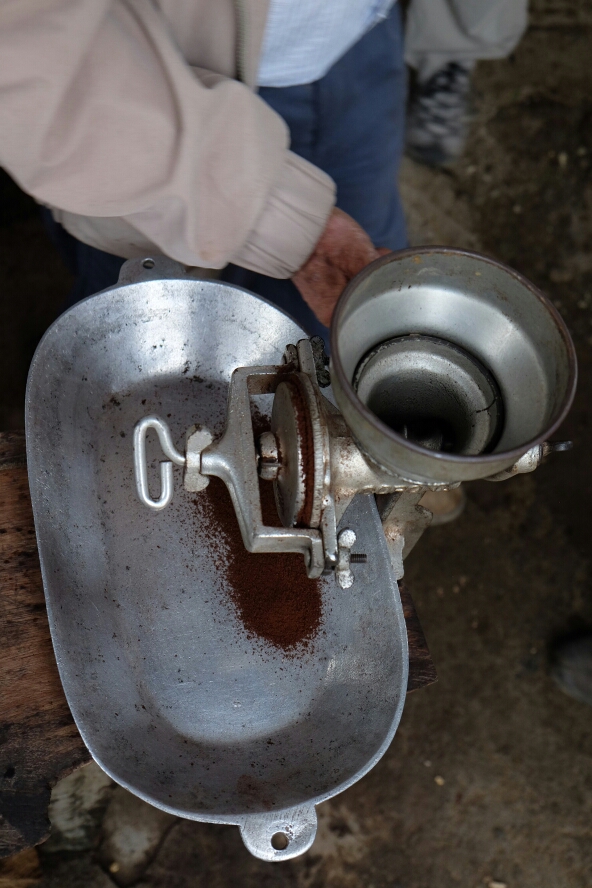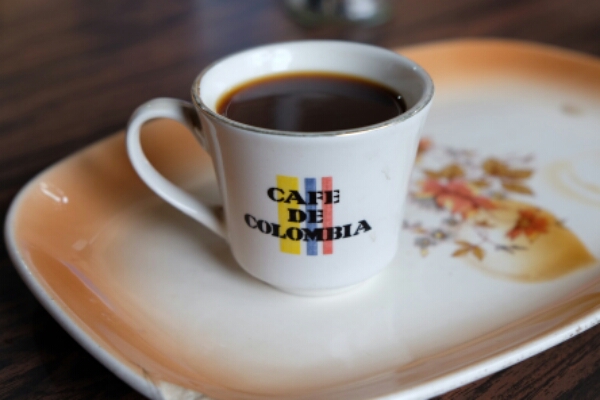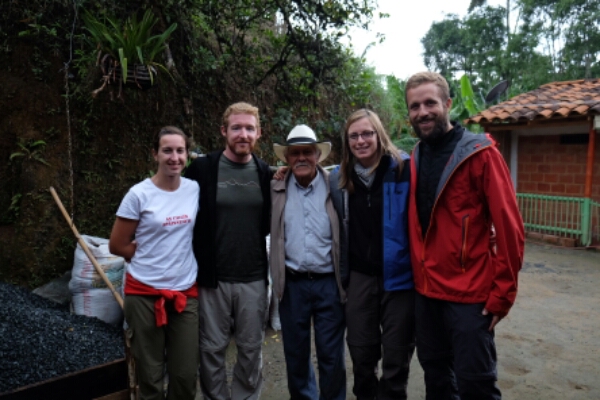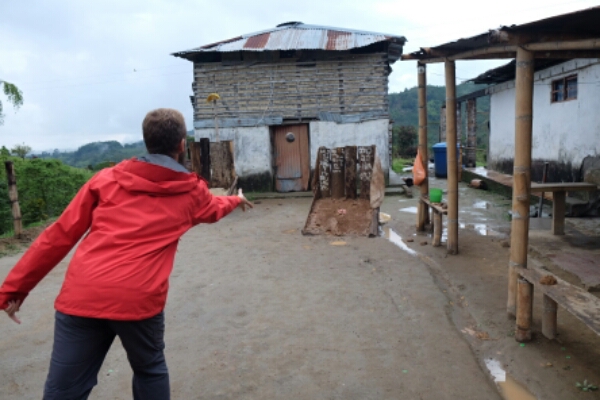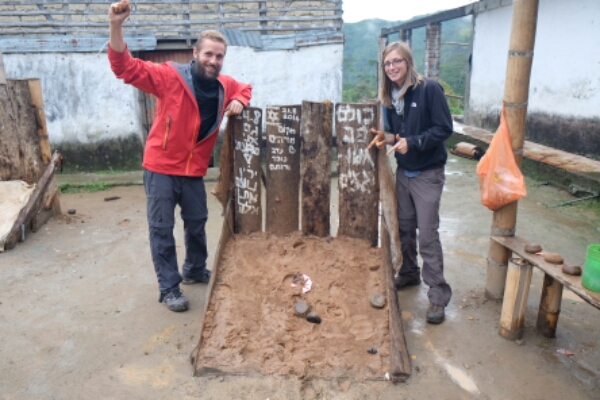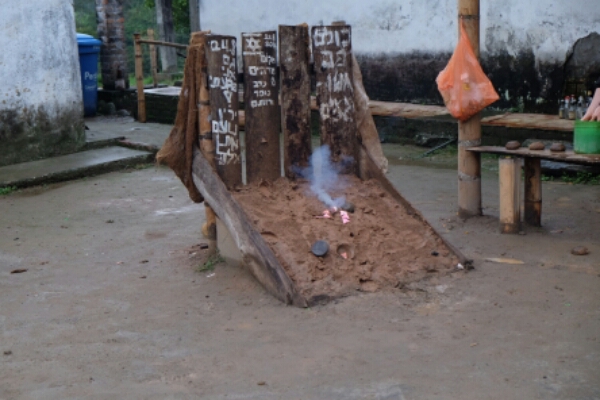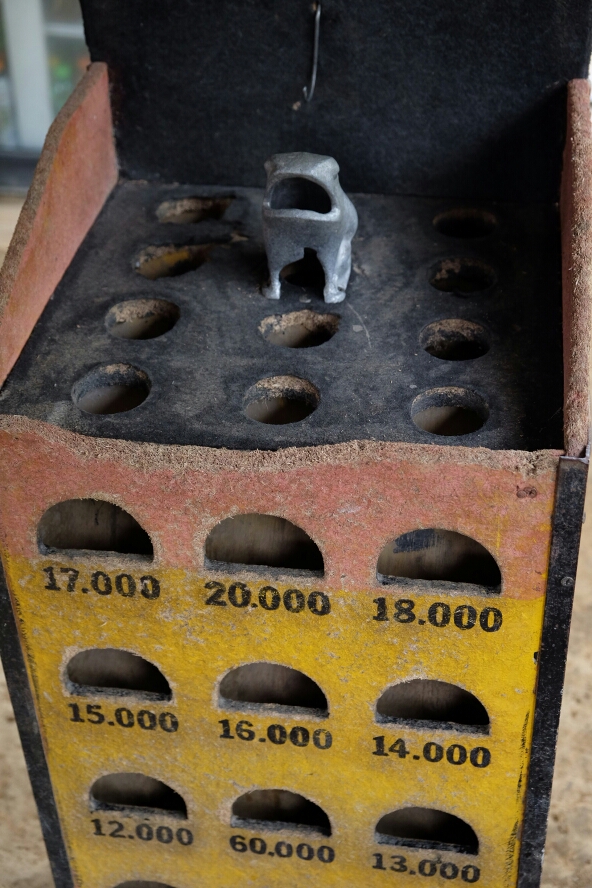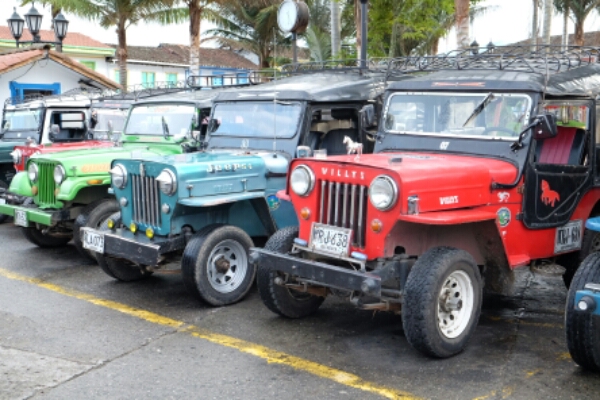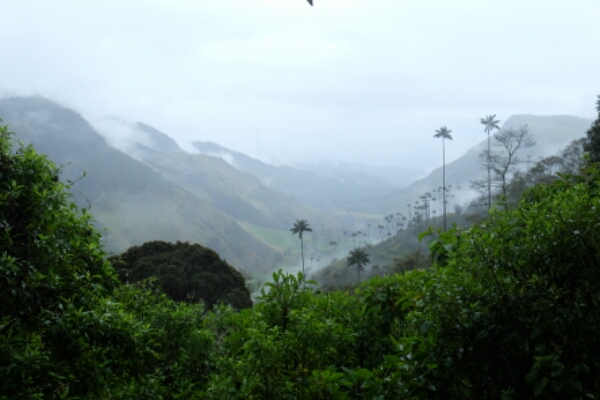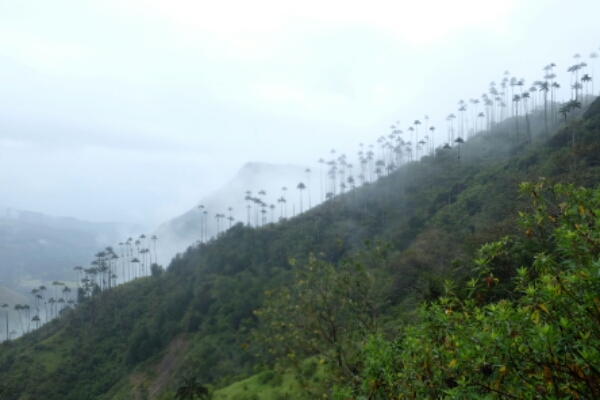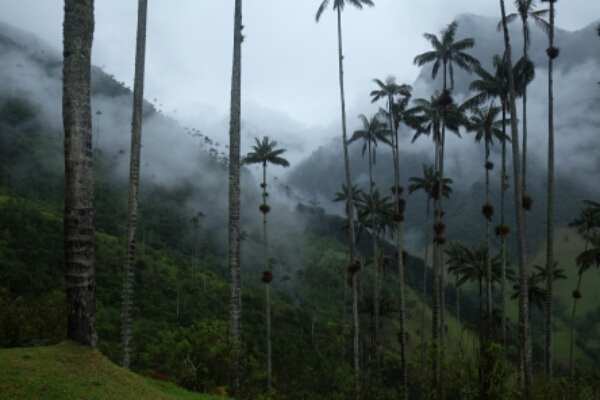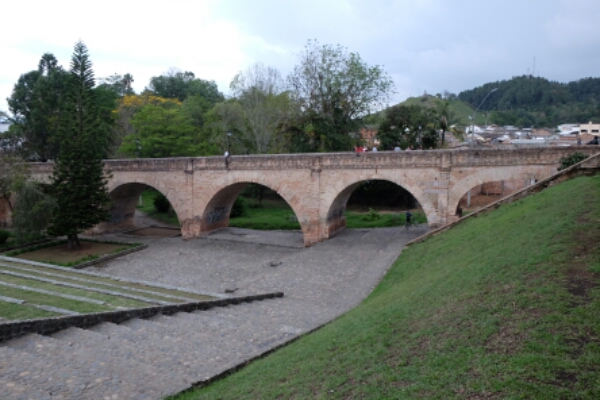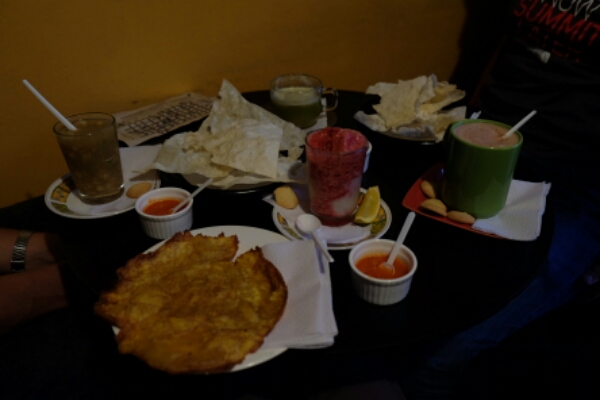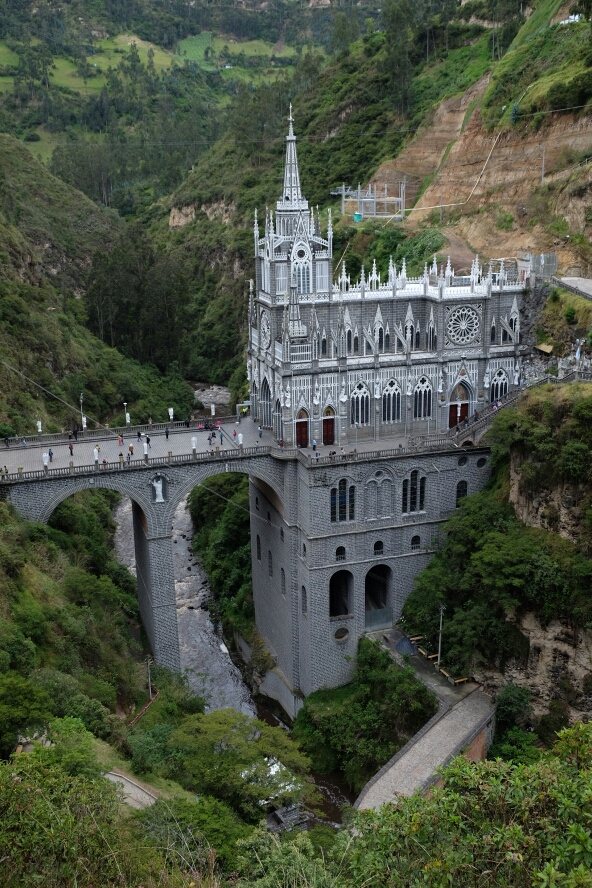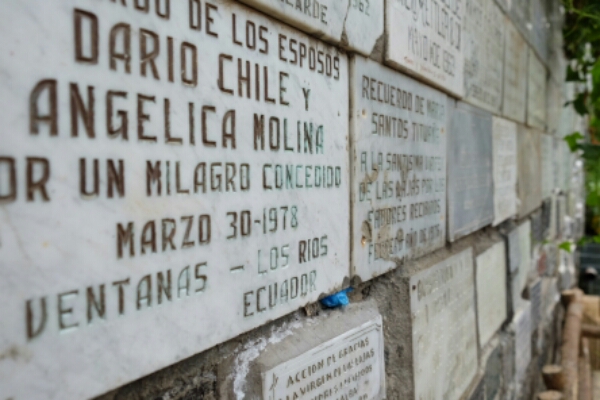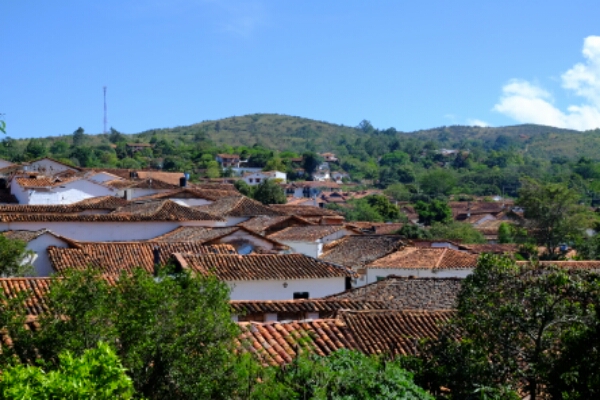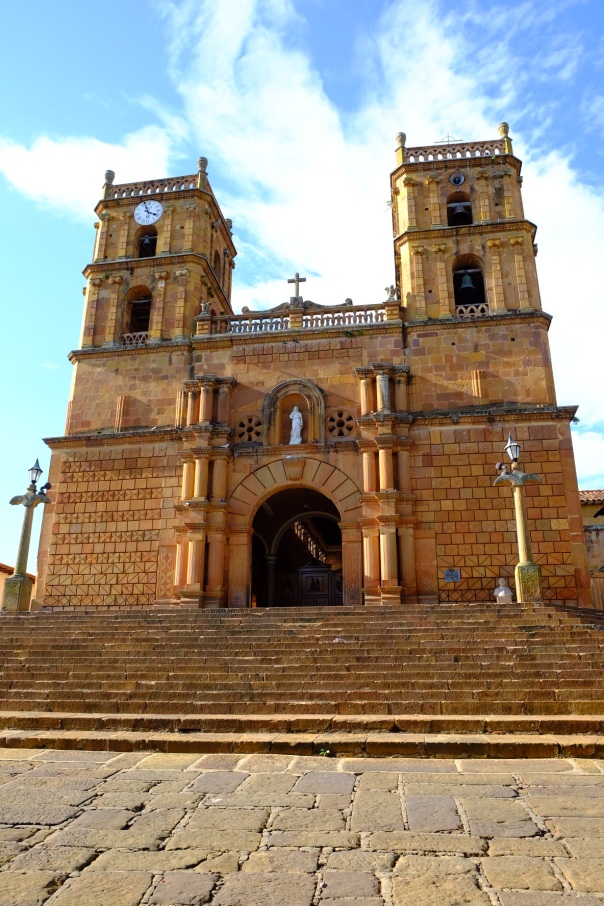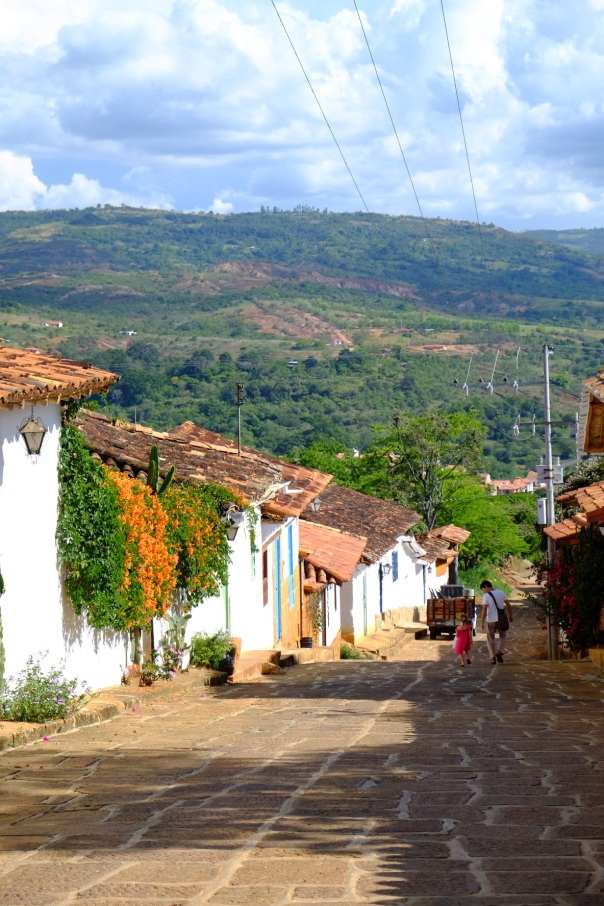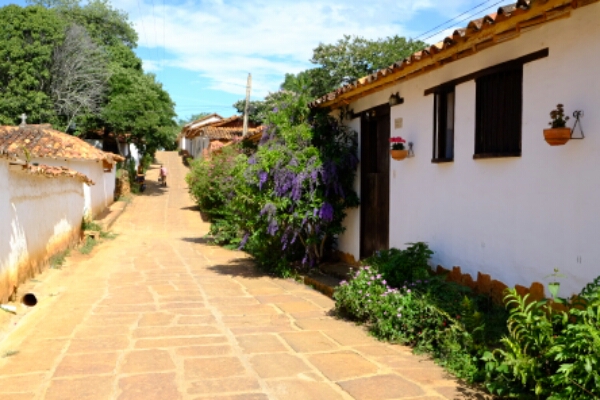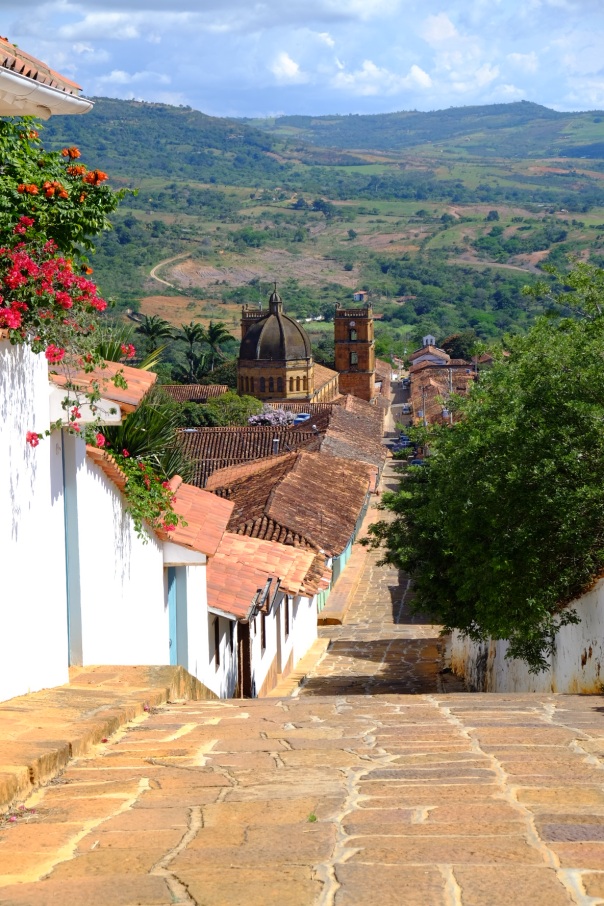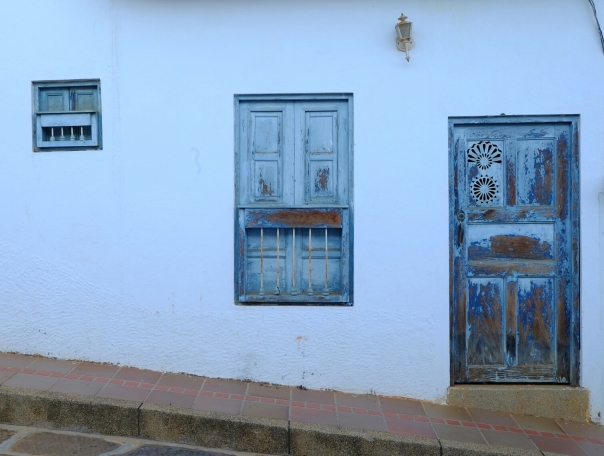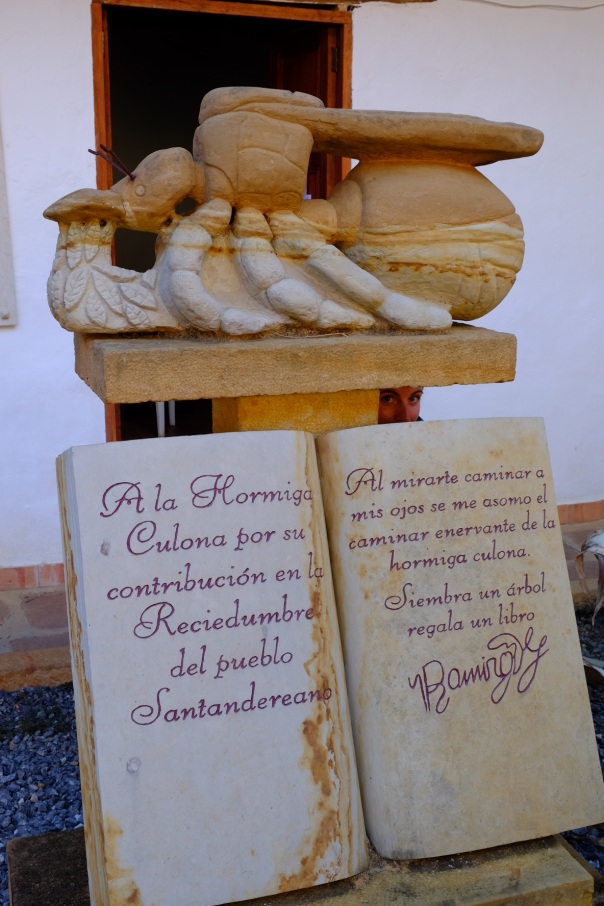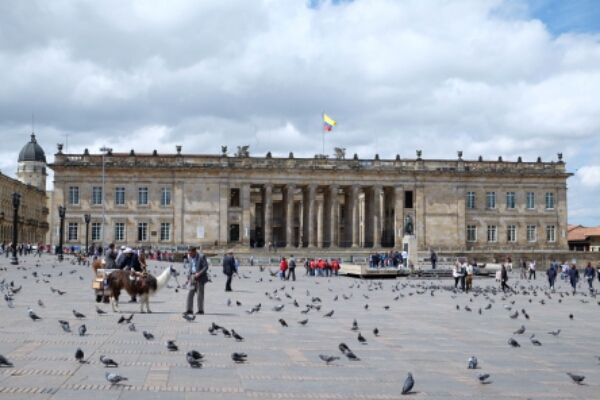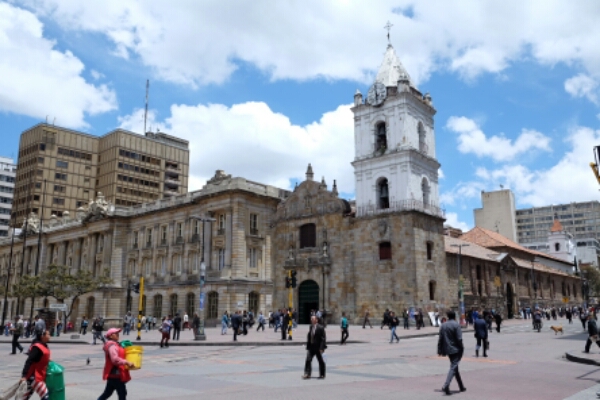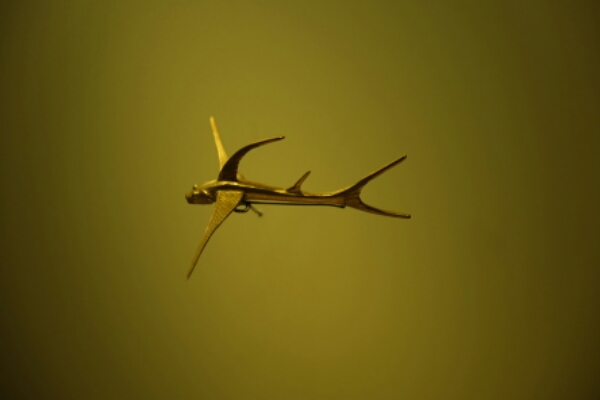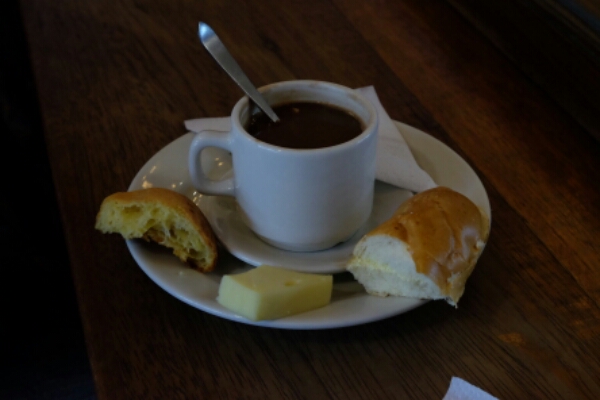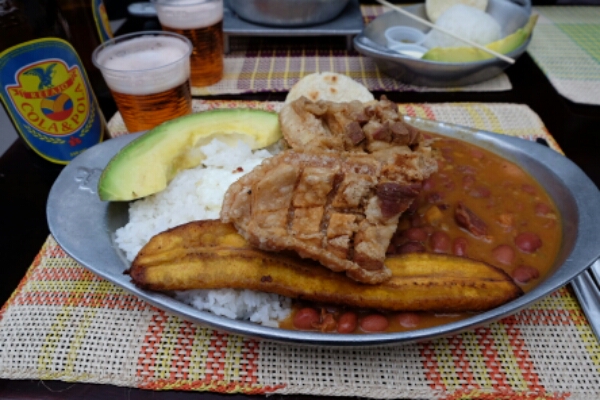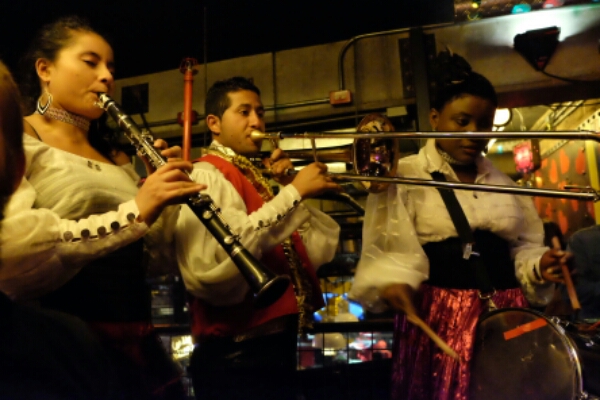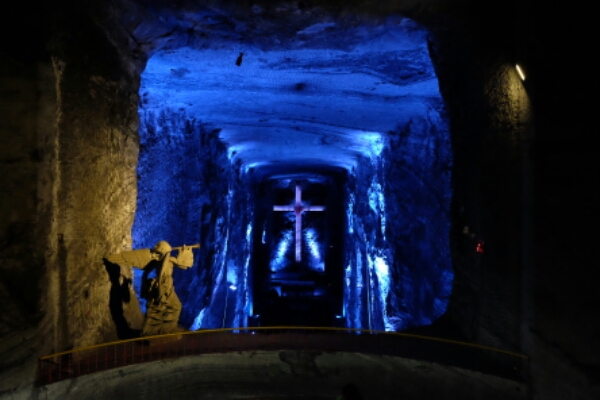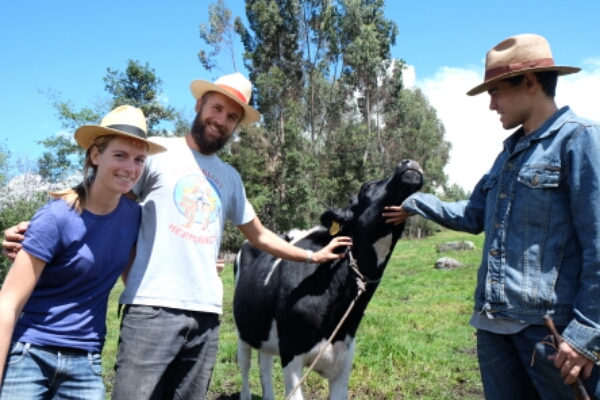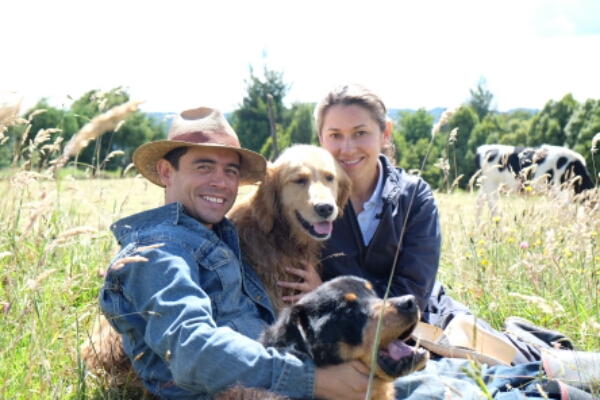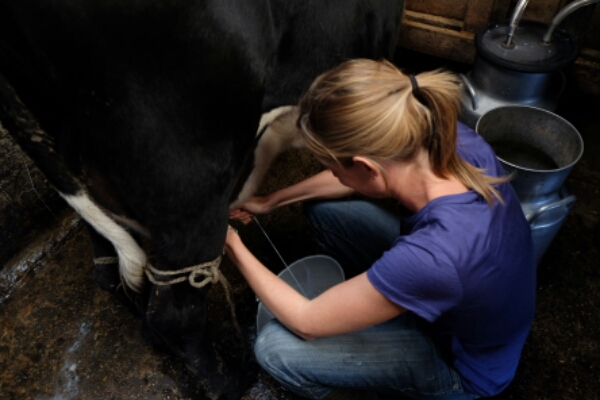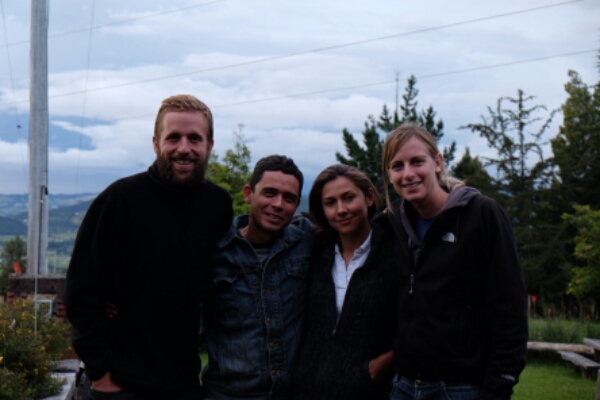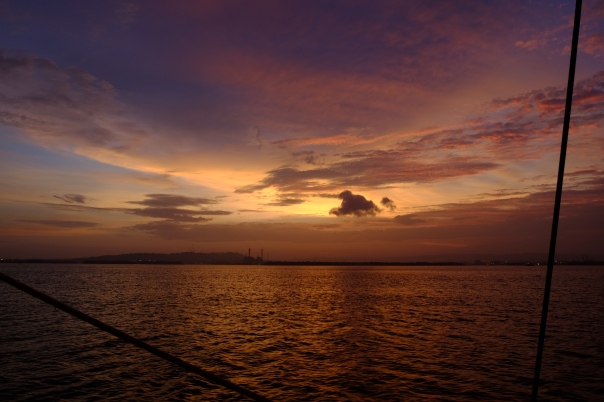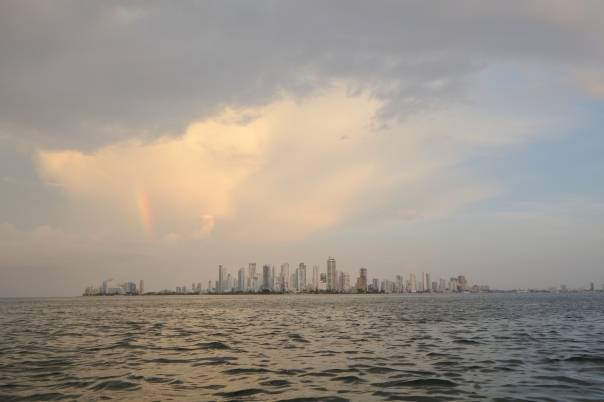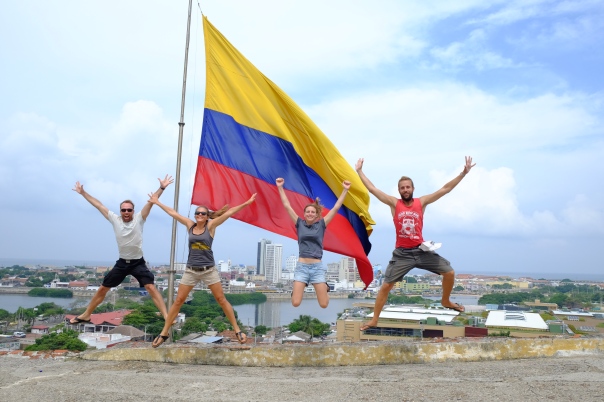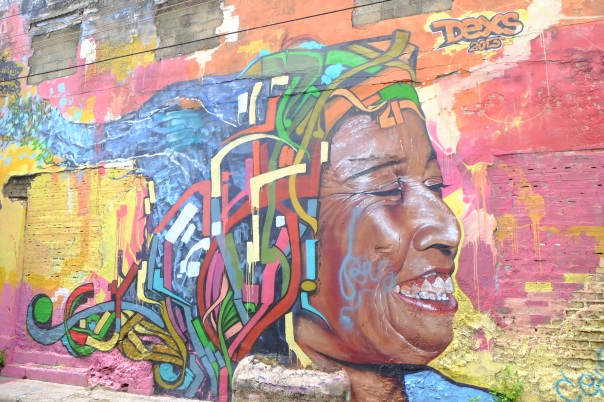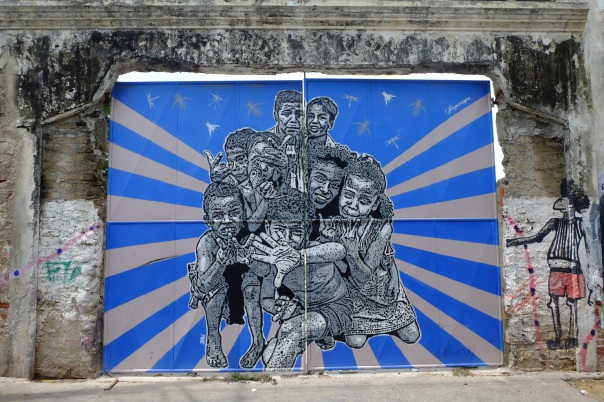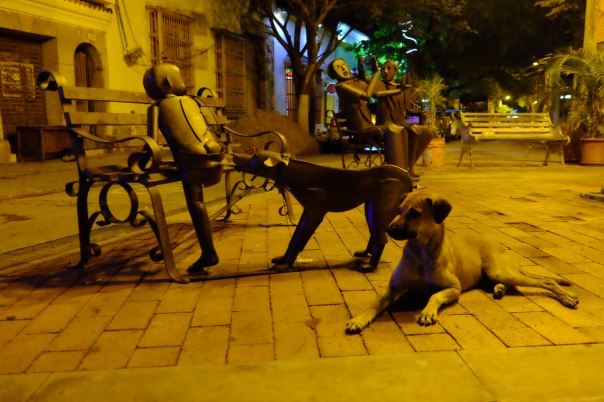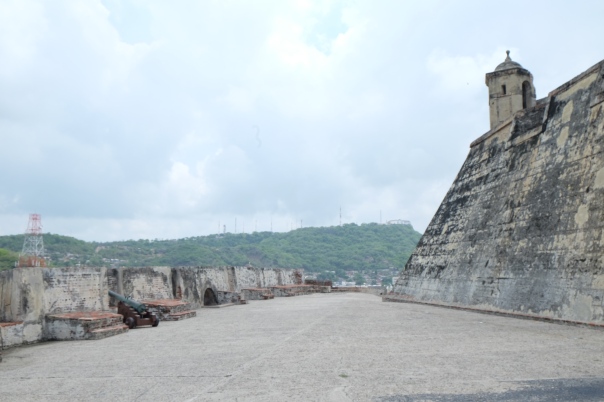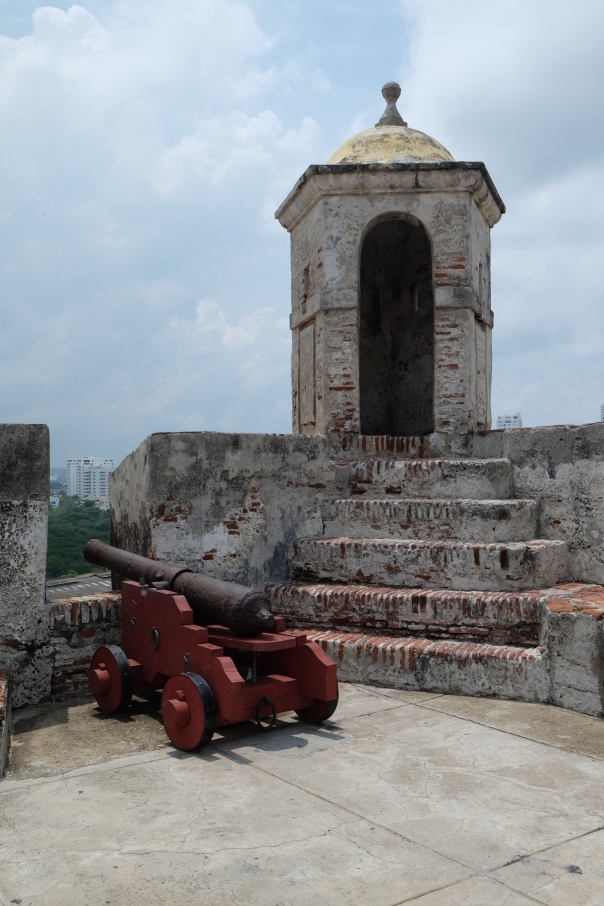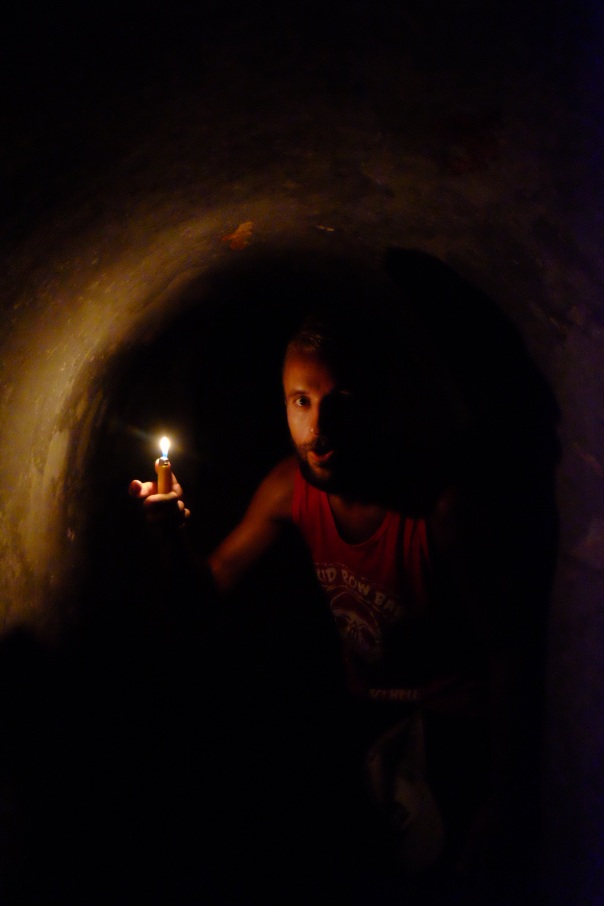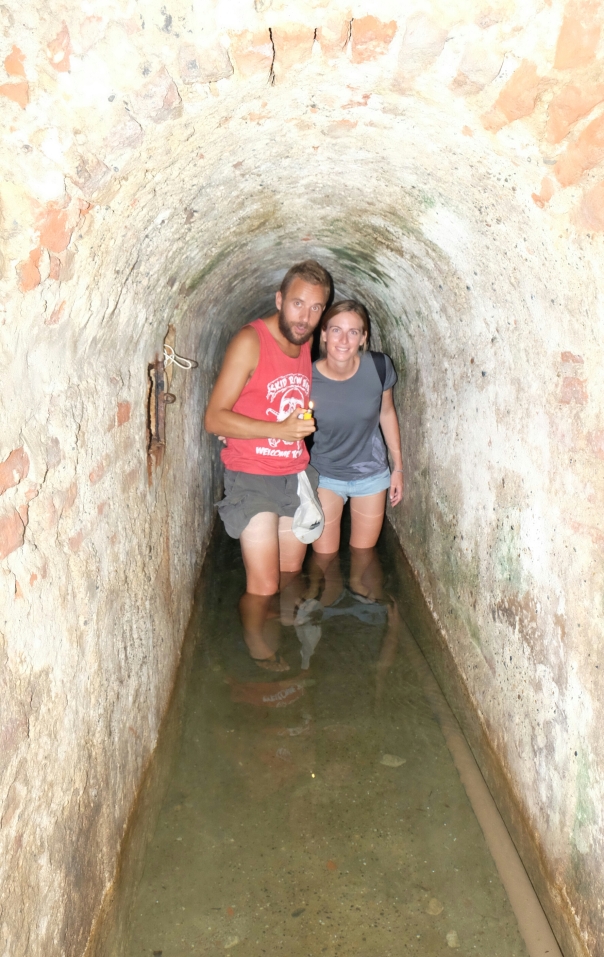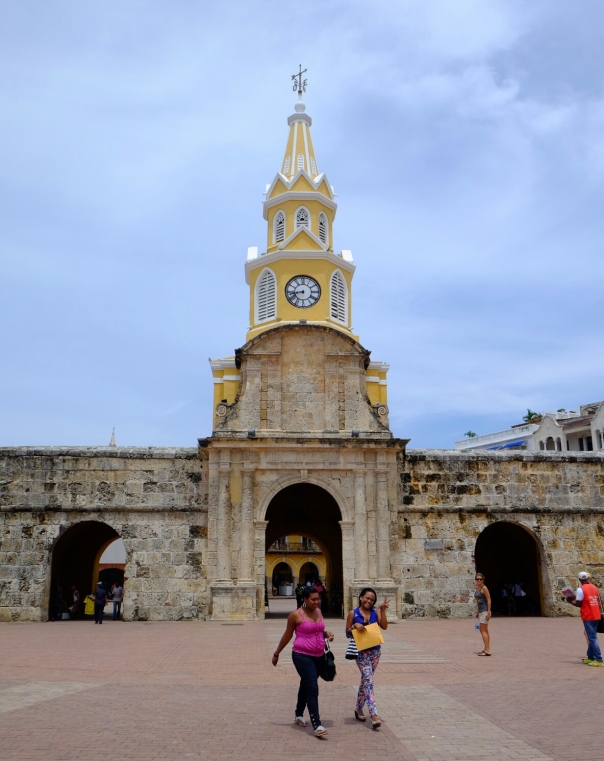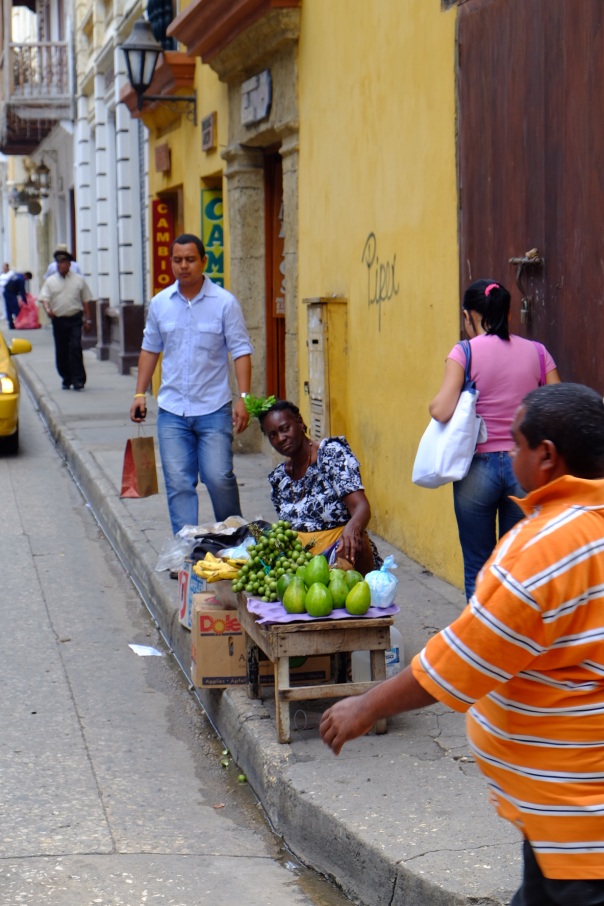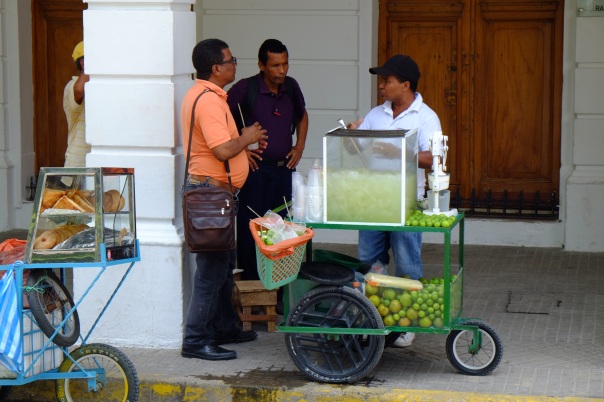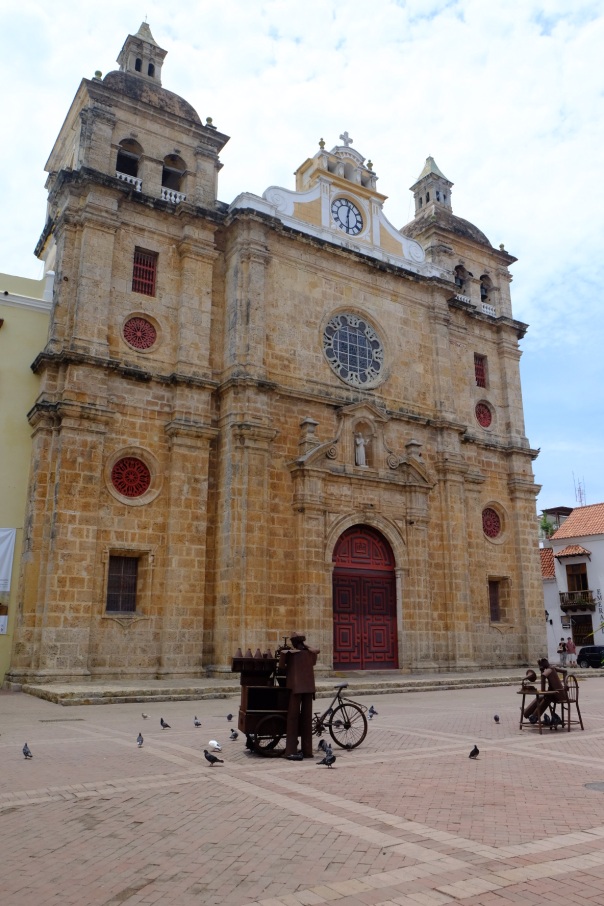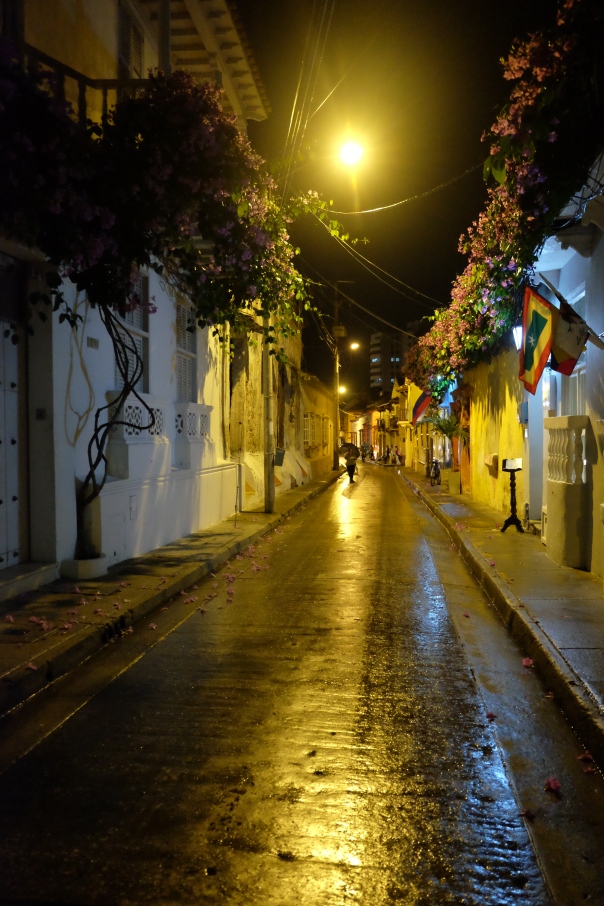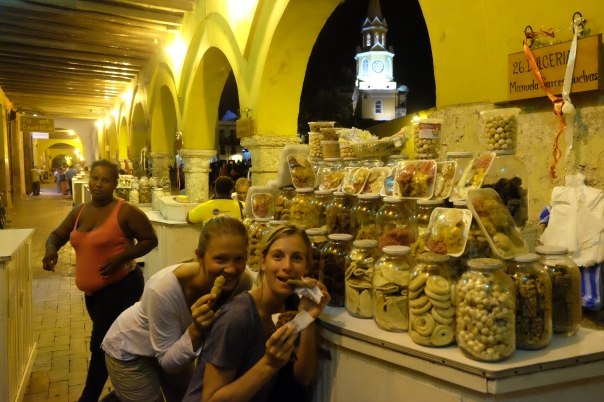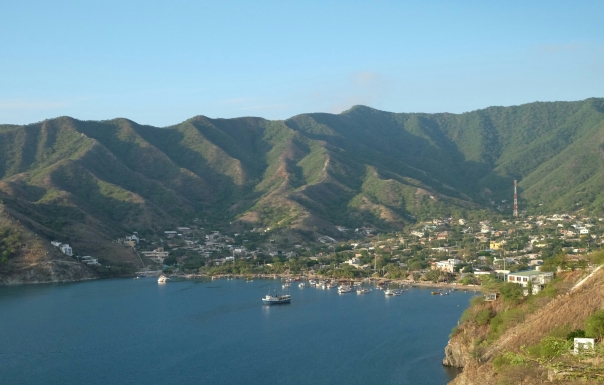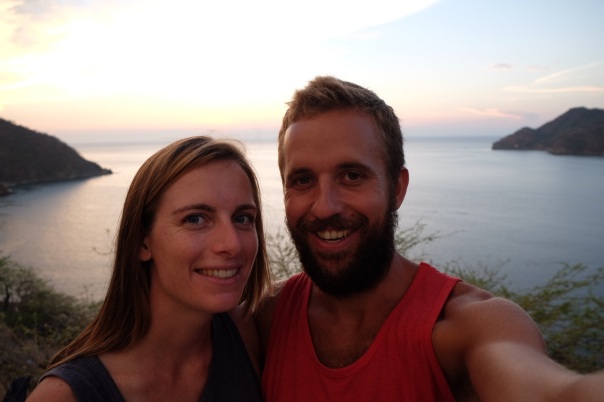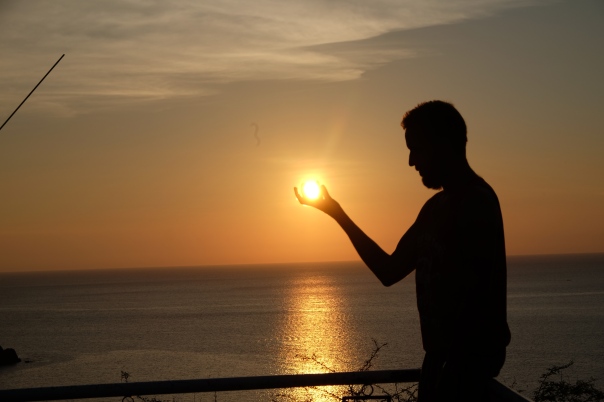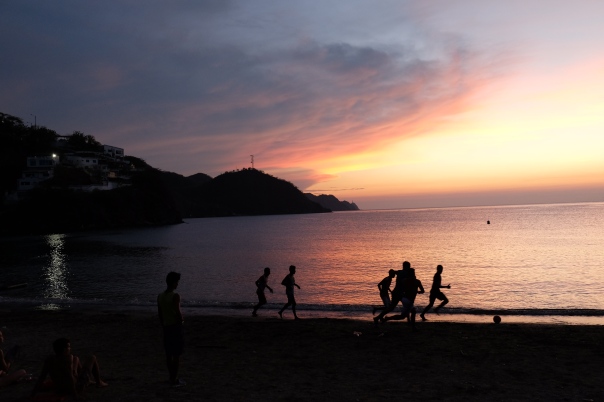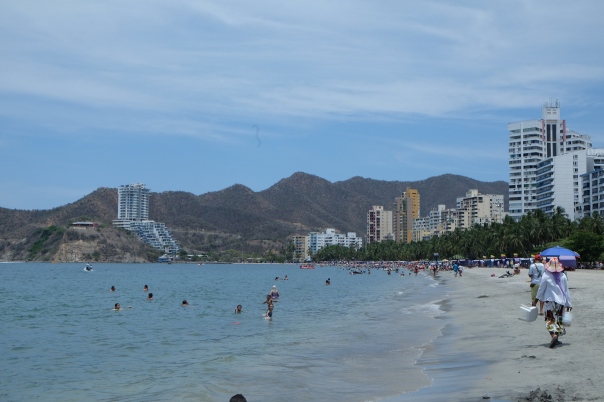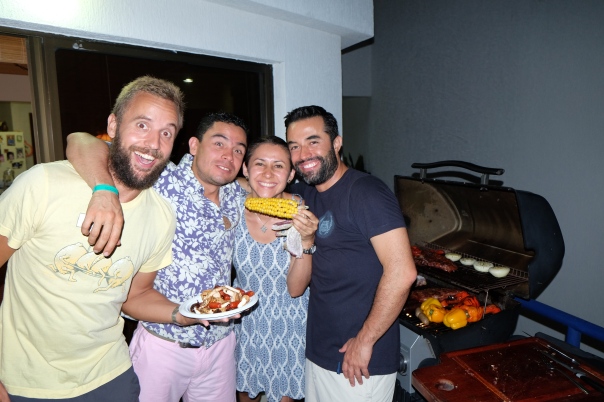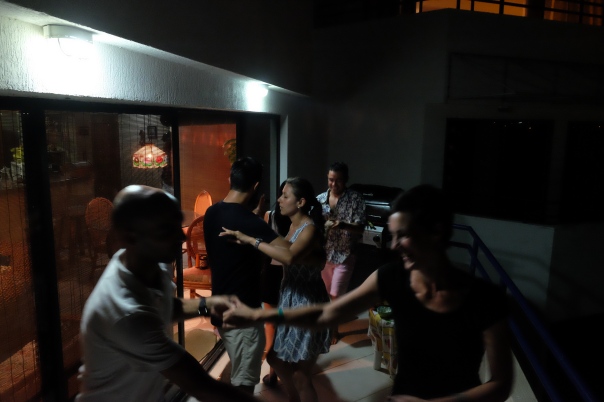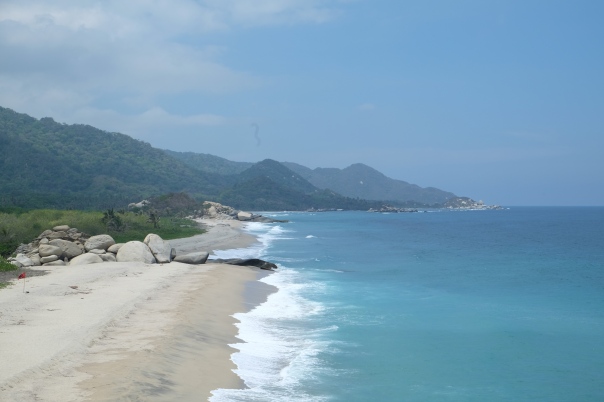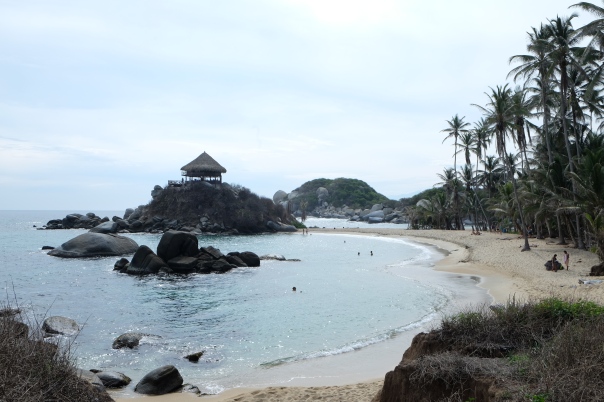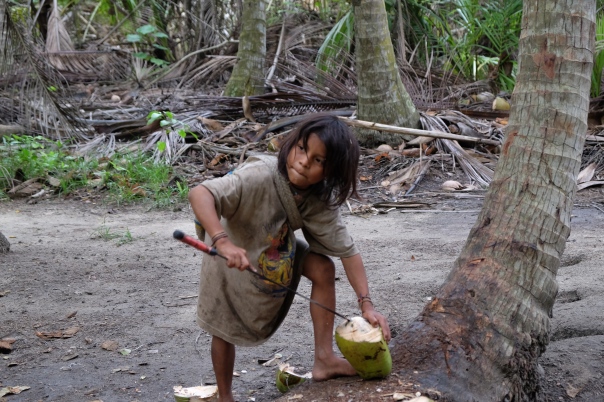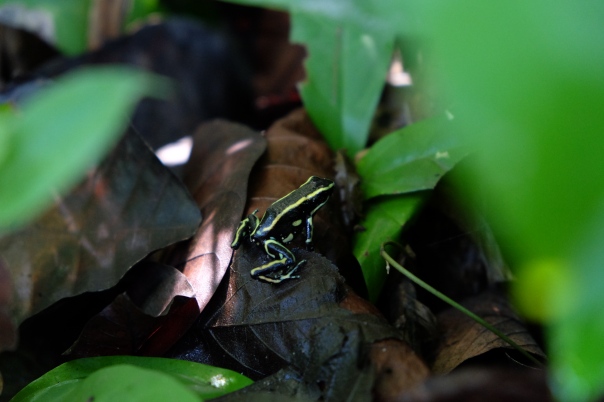Category Archives: Colombia
Colombia III – Eje Cafetero and the way south
After leaving Australia, Sal pretty much went cold turkey on coffee and I think I could count the drinking occasions of the past 6 months on my hands. So we were really excited to visit the Eje Cafetero (coffee growing region) of Colombia. Getting there meant another 8 hours on buses going over switchback mountain passes full of traffic jams because trucks get stuck just trying to go around the turns. We’re also starting to see a trend in bus driver movie tastes, we’ve seen far more violent action movies with aging Sylvester Stalone and Arnold Schwarznegger than I care to remember, however, at last we arrived in Salento.
After many emails over the previous weeks, we also finally caught up with Mike & Ana who had been trailing us for a couple of months since we parted ways in Guatemala. So back in a party of four, we set off to learn about how they grow Colombia’s pride export product with a tour of a local coffee finca run by the owner himself, Don Elías.
Then as the rain set in for the afternoon, we were introduced to one of Colombia’s national sports, Tejo and another bar game, Sapo. Tejo, described to us simply as a mix of beer and gunpowder, is an awesome game where a metal ring is placed on a clay slope with a piece of gun powder placed on top. The players then toss a heavy puck with the aim to land it inside the ring to win, or on the ring to explode the gun powder. A recipe for hours of fun!
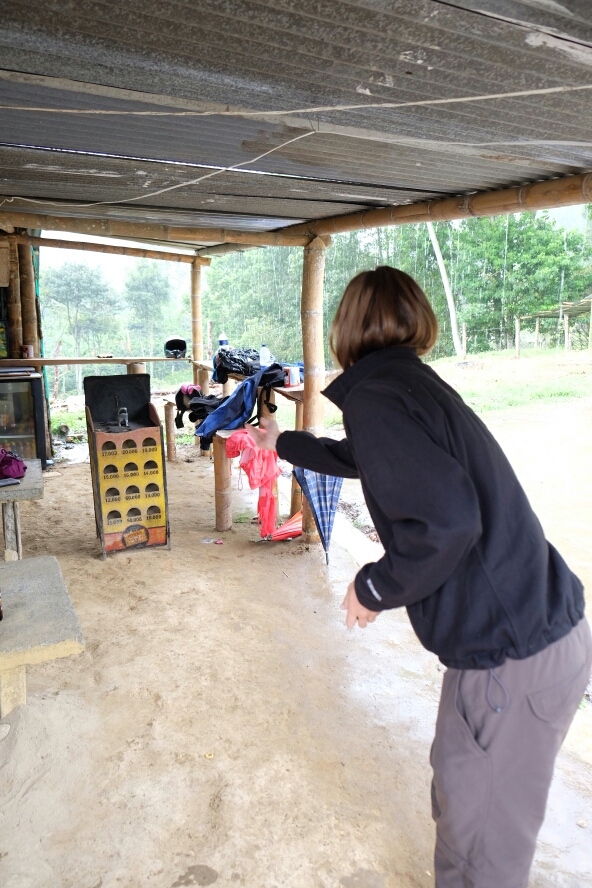
Playing Sapo...you have to toss coin-like tokens aiming for the toads mouth. Points are awarded depending on the holes you hit.
While Sal was out sick for a day, Mike, Ana and I went to the main plaza where the famous “Willies” were waiting to take us to the famous Valle del Cócora. The Willy is an iconic 4WD quite popular in rural and touristy areas, where they load their backs with coffee sacks until they perform an actual wheelie. Whether the name comes from this stunt remains a mystery.
Just when we were about to jump on one of them, another familiar face showed up. It was Adrián, who we had met around 5 months ago in the same place in Guatemala that we met Mike and Ana, such an amazing coincidence!
A few kilometers down from Salento, you arrive to the Parque Nacional Natural de Los Nevados, where Valle del Cócora is located. The park is huge and home to some of the highest peaks in Colombia, but the main reason for the visit were the wax palms.
These palm trees are huuuge, the tallest palm trees in the world, reaching up to 75 meters. The wax obtained from them is used for soap and candles, but those in the valley are strictly protected as they are part of the natural patrimony.
The 5hr hike didn’t look promising when the dark clouds released and it started to pour down. We all envied Sal, who had stayed in the hostel watching movies and drinking hot agua de panela! However, once we reached the highest point of the hike and the mist embraced the wax palms, our faces lit up. Also, it’s quite uncommon to have blue skies in the valley, so all was part of the experience. Gumboots saved the day and we really enjoyed the hot showers when we arrived back home!
Continuing south towards the Ecuadorian border we made two overnight stops to break the long bus journeys. In the first, Popayán, we only had time to visit the center of this nice white colonial town, with an interesting old bridge and great local snacks to try.
The second stop, Ipiales, is the home of the Santuario Las Lajas, a crazy gothic basilica church a few kilometers from town, which looks like it could be in the middle of Europe. Apparently the inspiration for the church came in 1754, from a deaf mute girl who was sheltering from a storm between the rocks in the canyon. Suddenly, she cried to her mum that “La Mestiza” was calling her while pointing at a lightning illuminated aparition of the virgin mary on the rock face. Anyway, now the walls surrounding the church are covered with plaques giving thanks for local miracles.
We spent a full month in Colombia and we still left out plenty of highlights for our next visit! It’s been one of our favourite countries so far and we can only recommend to visit its great landscapes and charming people. Don’t let the media scare you off!
Next up we cross into Ecuador and move into the southern hemisphere!

